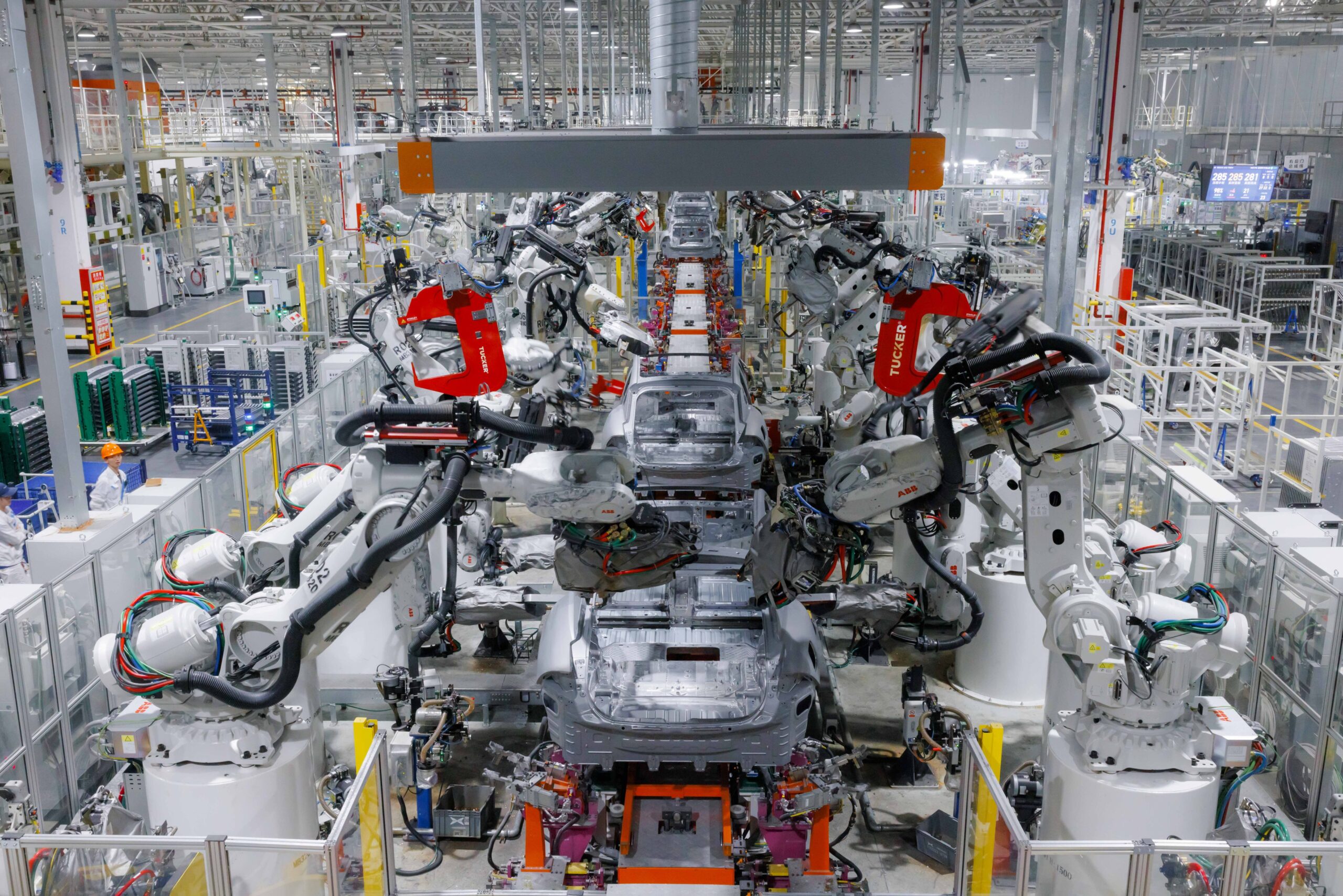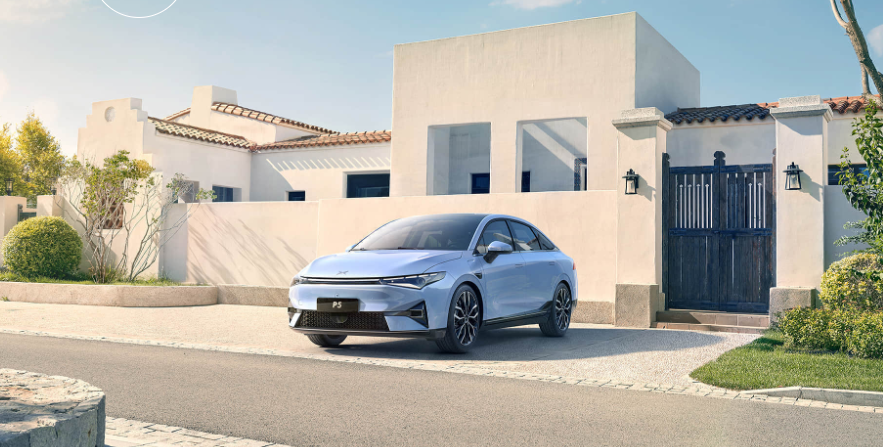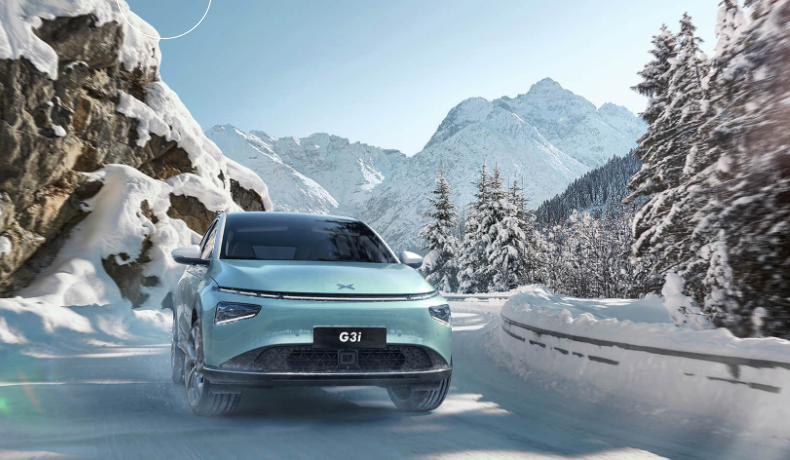The Hawkeye Vision System is a central feature of XPeng’s latest electric vehicles, including the P7+. Designed as an alternative to traditional LiDAR-based autonomous driving systems, Hawkeye relies on advanced camera technology to enable precise, high-resolution vision for autonomous driving. By embracing a pure vision-based approach similar to Tesla’s, XPeng has created a highly capable driver assistance and autonomous navigation system that balances efficiency, accuracy, and safety, making it ideal for diverse driving environments.
Key Components and Technology Behind Hawkeye Vision System
- High-Resolution Camera Array:
- At the core of the Hawkeye Vision System is a sophisticated camera setup strategically placed around the vehicle. This high-resolution camera array captures detailed visual data, allowing the vehicle to identify objects, recognize road markings, and detect environmental changes across a broad field of view.
- The Hawkeye Vision System’s cameras have been optimized to capture data across a large distance, with an effective detection range covering an area equivalent to 1.8 football fields. This vast range ensures that the system can foresee potential obstacles or changes in traffic well in advance, offering a smooth, safe, and responsive driving experience.
- Advanced Processing Power with NVIDIA Orin X Chips:
- The Hawkeye Vision System is powered by dual NVIDIA Orin X chips, a high-performance processor architecture capable of handling massive data inputs in real time. This robust processing power allows the system to analyze the continuous video feeds from the cameras with remarkable speed and precision, distinguishing between various objects and adjusting driving patterns accordingly.
- This processing power enables the Hawkeye Vision System to execute split-second decision-making, a critical feature for safe autonomous navigation, especially in complex or high-traffic environments.
- Intelligent Scene Interpretation and Obstacle Detection:
- The Hawkeye Vision System can interpret scenes with a high level of accuracy, distinguishing between various types of vehicles, pedestrians, traffic signals, and obstacles. This scene interpretation is enabled by machine learning algorithms that allow the system to recognize and categorize different objects, understanding how each one may impact the driving environment.
- With continuous improvements through XPeng’s machine learning framework, the system can better predict the behavior of objects in its path, such as anticipating the movement of pedestrians or reacting to sudden stops by vehicles ahead.
- Full-Spectrum Autonomous Navigation Capabilities:
- Hawkeye’s vision-based approach supports full-spectrum autonomous navigation, offering a variety of smart driving functions. These include “door-to-door” navigation and “parking space-to-parking space” automated parking, which make daily driving, complex parking scenarios, and urban navigation more convenient and safe.
- Unlike some systems that struggle in low-visibility conditions, the Hawkeye Vision System is designed to perform reliably in various weather and lighting environments, enhancing its adaptability and effectiveness across different driving scenarios.
Advantages of Vision-Based Autonomous Driving Over LiDAR
XPeng’s choice to go with a pure camera-based system like Hawkeye instead of LiDAR is a strategic move that aligns with its vision for cost-effective, high-performance, and scalable autonomous driving. Here are some key benefits:
- Enhanced Affordability and Accessibility:
- LiDAR technology, while effective, is relatively expensive to implement, which can drive up the costs of autonomous vehicles. By relying on vision-based systems, XPeng reduces manufacturing expenses, allowing the company to offer advanced autonomous driving capabilities at a more accessible price point.
- Efficient Data Processing:
- Vision systems capture continuous video feed data, which is easier to process than LiDAR’s point-cloud data, which requires complex conversion and integration. This streamlined data processing allows the Hawkeye Vision System to deliver faster and more efficient performance without sacrificing accuracy.
- Natural Human-Like Perception:
- Vision-based systems operate in a way that more closely resembles human perception, detecting and interpreting visual cues in a natural, intuitive manner. This enables the vehicle to make more “human-like” decisions on the road, such as yielding to pedestrians or anticipating when a vehicle is likely to change lanes.
Real-World Applications of Hawkeye Vision System
- Autonomous Highway Driving:
- The Hawkeye Vision System enables smooth and responsive highway driving with functions such as lane keeping, adaptive cruise control, and traffic-aware navigation. This allows for relaxed long-distance travel, with the vehicle automatically adjusting speed and position according to traffic conditions.
- Urban and City Navigation:
- In urban settings, the system uses its advanced cameras to detect traffic signals, read street signs, and recognize pedestrians and cyclists, allowing for safer, more responsive navigation in busy city environments. The system’s ability to handle complex scenarios is particularly valuable in cities where unpredictable traffic patterns and pedestrian behavior can pose challenges.
- Smart Parking Assistance:
- With “parking space-to-parking space” functionality, the Hawkeye Vision System simplifies parking by enabling the car to autonomously navigate into tight spaces. Whether in busy parking lots or narrow residential streets, the system’s precise vision and obstacle detection allow the vehicle to safely maneuver into spaces without driver intervention.
- Over-the-Air (OTA) Improvements:
- XPeng provides continuous updates to the Hawkeye Vision System through over-the-air (OTA) updates. These updates enhance the system’s functionality by refining object detection algorithms, expanding autonomous capabilities, and incorporating feedback from real-world usage. This ensures the Hawkeye Vision System remains cutting-edge and adaptable to new driving challenges and regulatory standards.
The Future of Hawkeye Vision System
The Hawkeye Vision System represents a fundamental shift in XPeng’s approach to autonomous driving, aiming to create a scalable, cost-effective, and human-like driving experience that meets the needs of the modern driver. With the P7+ and upcoming models, XPeng is leveraging this technology to offer a sophisticated, future-ready autonomous driving platform that aligns with the global push toward smarter, safer, and more sustainable transportation.
The Hawkeye Vision System will likely play a pivotal role as XPeng continues to expand into new markets, showcasing the power and practicality of camera-based autonomous driving for a global audience. As XPeng refines its AI capabilities and vision technology, the Hawkeye Vision System could set new standards for intelligent, vision-driven mobility worldwide.



